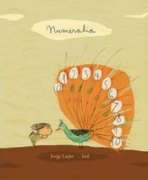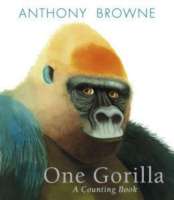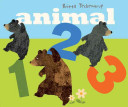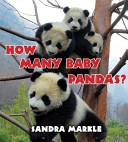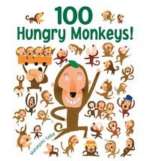
This playful picture book encourages pre-readers and early readers to explore the concept of 100. Unusual in that it is a narrative-driven counting book, it offers a delightful and lively story about 100 hungry monkeys who set out to find themselves some food. Once their bellies are full, they all settle in for a nap, but then a monster suddenly appears. They fear he wants to make them lunch, so they all run for their lives. All ends well, however, once the monkeys realize the monster really just wants to be their friend.

